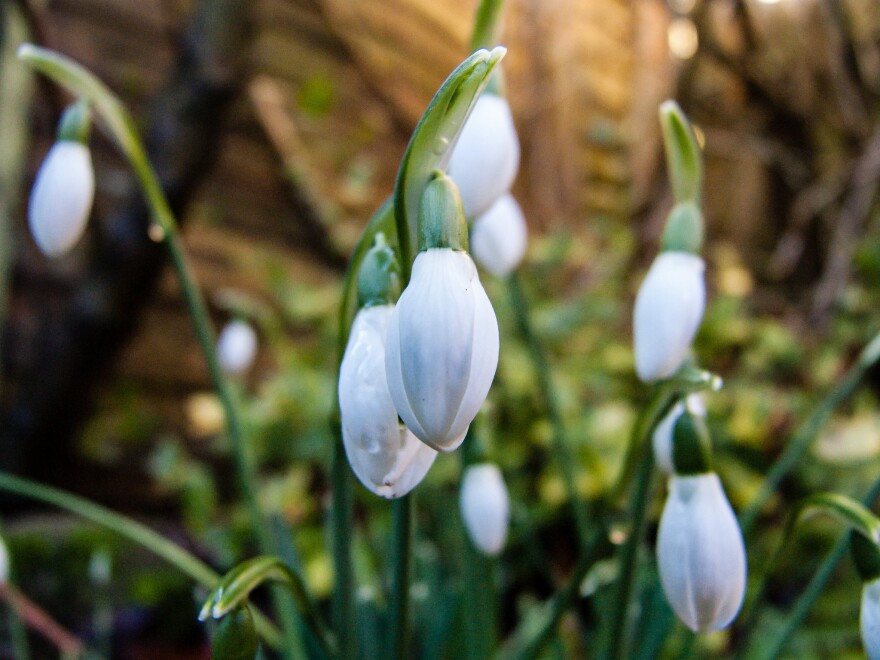Late winter begins today throughout the United States. In the South, the early wildflowers start to bloom; in the North, the January thaw forecasts spring.
Along the 40th Parallel, about halfway between the Gulf of Mexico and the Canadian Border, cardinals and doves begin to sing before sunrise.
In just a couple of weeks, the first red-winged blackbirds arrive in the Ohio Valley. Not long afterwards, the first snowdrops flower and the maple sap runs.
In three weeks, pussy willows come undone. In four weeks it’s crocus season and owl hatching time. In six weeks, daffodils flower, and the early morning robin chorus fills the morning dark; gold finches turn gold and maples flower.
Tulip season and the first wave of blooming woodland wildflowers arrive in eight weeks.
In nine weeks, forsythia blooms and skunk cabbage sends out its first leaves.
Ten weeks remain until the Great Dandelion Bloom and lawns are long enough to cut. In eleven weeks all the fruit trees start to flower. In twelve weeks you could cut rhubarb for the first rhubarb pie.
In fourteen weeks, you may find morel mushrooms in your woods. In sixteen weeks, there’ll be strawberries for strawberry pie.
This is Bill Felker with Poor Will’s Almanack, I’ll be back again next week with notes for the second week of late winter. In the meantime, consider the possibilities. For all its risks and setbacks, the future is sweet with pie.



